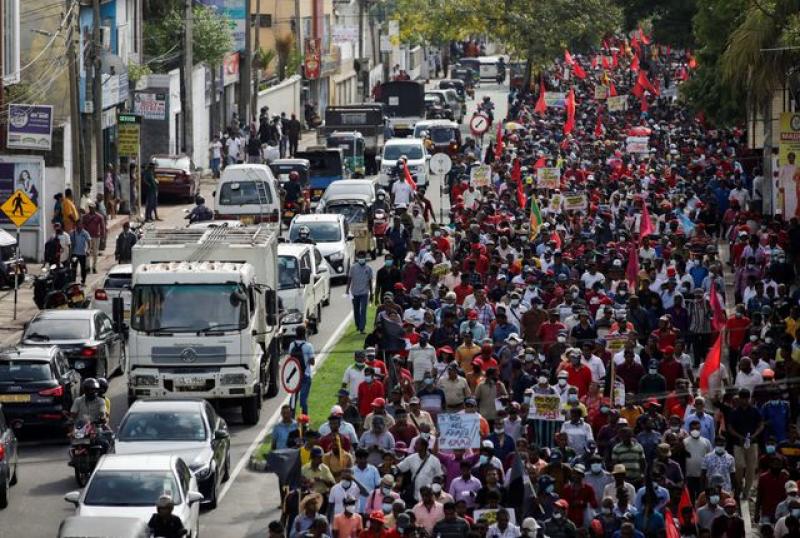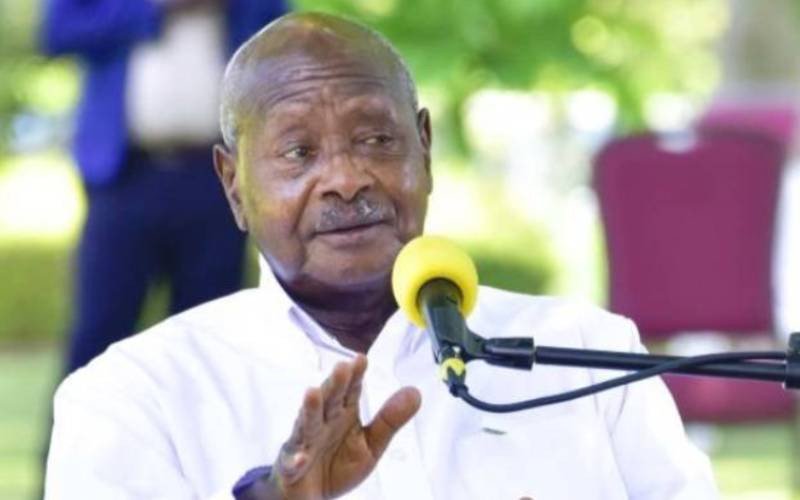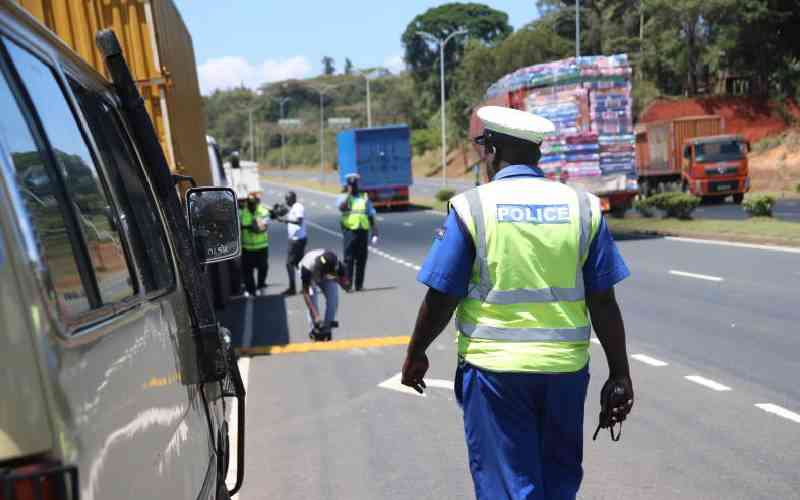Members and supporters of Sri Lanka's opposition the National People's Power Party march towards Colombo from Beruwala, during a protest against Sri Lankan President Gotabaya Rajapaksa, amid the country's economic crisis, in Colombo, Sri Lanka April 19, 2022 [Reuters, Navesh Chitrakar]
×
The Standard e-Paper
Home To Bold Columnists







